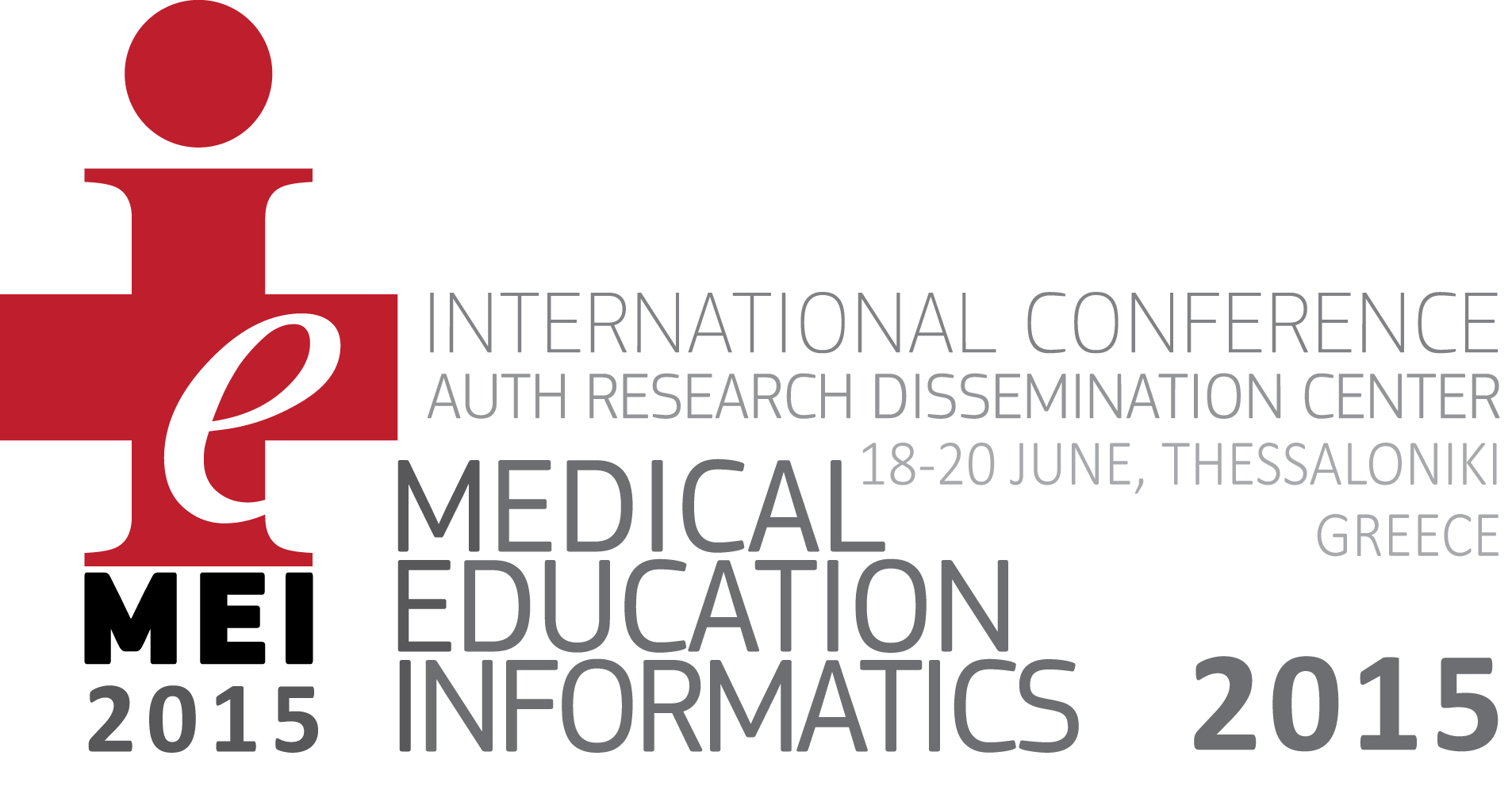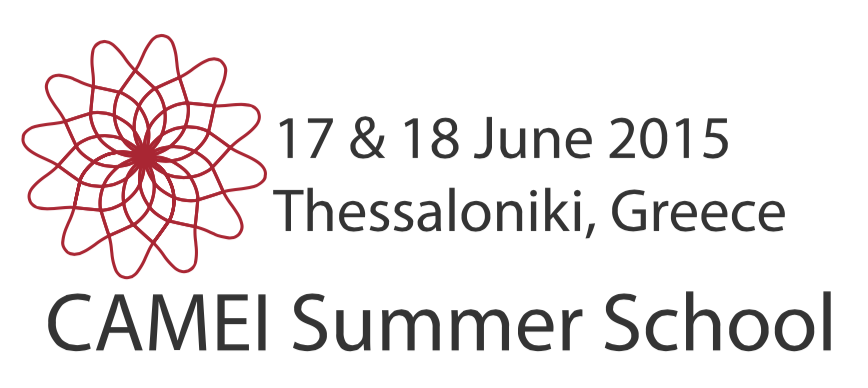You are here
Home › Virtual hepatic surgery scenarios using manipulated real liver modelsVirtual hepatic surgery scenarios using manipulated real liver models
Abstract:
Background
High quality patient specific 3D liver models can be nowadays exported using computer liver segmentation algorithms. Specific 3D image editing tools can be used to manipulate the liver models and create virtual surgical cases.
Objective
The aim of our study was to create virtual hepatic surgery scenarios using a novel liver segmentation and preoperative planning application and evaluating it as an educational tool.
Method
A liver segmentation and preoperative planning application was developed on MATLAB® 2013a. Special image editing tools were designed to allow manipulation of the exported 3D liver models. Three pathological and two liver imaging datasets from healthy patients were used for the validation. The 3D liver models which have been created after liver segmentation were then manipulated by; 1) changing tumors’ volumes, 2)adding tumors and 3)designing liver injuries. Addition fictitious clinical information were implemented. Residents were asked to study the virtual cases and propose resection plans. Their scenarios were evaluated and discussed with specialized liver surgeons. The Kirkpatrick’s four levels model of learning evaluation was used.
Results
Up to 30 different virtual liver surgical cases were created. The number of virtual scenarios that could be designed is theoretically unlimited. The residents quickly and effectively learned to evaluate critical anatomical and pathological structures and propose liver resection plans considering liver surgery principles.
Conclusions
Virtual hepatic surgery scenarios allowed for a rapid education without the need to wait for similar real cases. The proposed liver segmentation and hepatectomy simulation application can be used for education purposes.
Session
Friday, 19 June, 2015 - 11:30 to 13:00


















